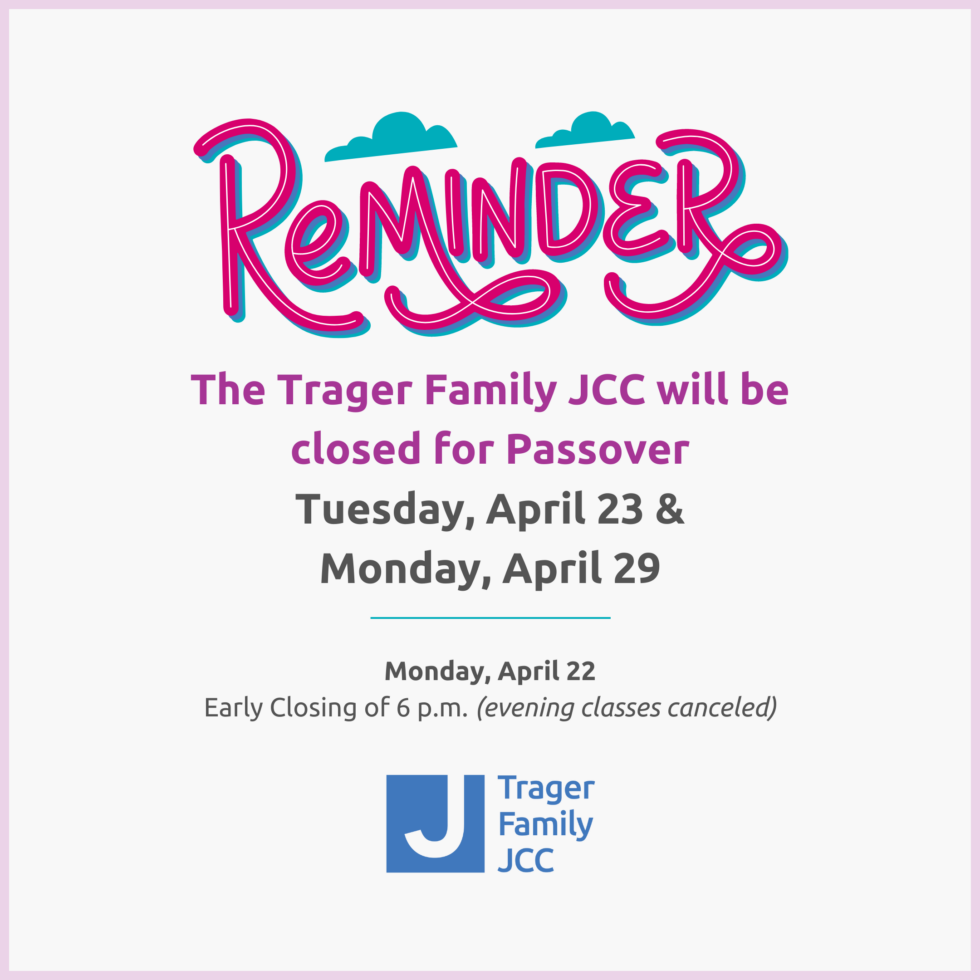People who go to Washington D.C. to see the sites have plenty to choose from. But when The J sent 13 Jewish, Muslim, and Catholic teens to the capital on June 28, it was only to see just one.
The group, accompanied by Teen Director Kari Semel and Fred Whitaker, who teaches the Holocaust at Saint Francis of Assisi Catholic School, spent the day at the United States Holocaust Memorial Museum (USHMM), the self-described “living memorial” to the victims of the Nazi genocide.
The J has been sending teens to the USHMM for several years. This year was different, though, in that the trip addressed faith in connection to the Holocaust.
In years prior, religion was “something we had to avoid,” said Whitaker. “We were focused more on history and making sure the students had an awareness of the unique connection that Jewish people have to the Holocaust, as opposed to meeting within the context of prayer and faith.”
Before the trip, the teens met with Semel and Whitaker to emotionally prepare for the journey and discuss what they would see at the USHMM. The preparation for this year included how faith can affect one’s experience at the museum.
Having prepared many groups for this journey, Whitaker has it down to science.
“We help the students to understand,” he said, “that although they’re going to a place characterized by great darkness, that it’s not a place that we want them to be. We want them to be properly in awe of the horrors that define this genocide, but we don’t want them to be overwhelmed.
“We don’t take them to the Holocaust memorial so that the only thing they will think about is darkness, shadows, and the absence of God,” he continued. “We specifically address the idea that we want them to understand the exact opposite, and see the presence of God.”
The group went into the minute details of the museum, discussing the architecture and the thought process behind the exhibits and their presentation.
“Sometimes we would spend almost an hour at just one exhibit,” Semel said. “Fred really went into all the details of each exhibit.”
Unlike previous years, the interfaith group ended its tour in the museum’s Hall of Remembrance, where the participants read the prayers emblazoned on the walls.
“We really ask and challenge them not to [dwell] on the darkness that is the Holocaust,” Whitaker said, “but to be inspired to be taught by and to become the light that prevents incidents like this from happening.”
The trip was meant to lift the teens up and educate them in a non-traditional way, he added. “Anytime we take teens to the memorial in the name of The J, we’re taking them there to empower and strengthen and to help them learn how to flex the muscles of spirit and heart that allow them to become a better people.”
He called the Holocaust “something that can transcend faith.”



